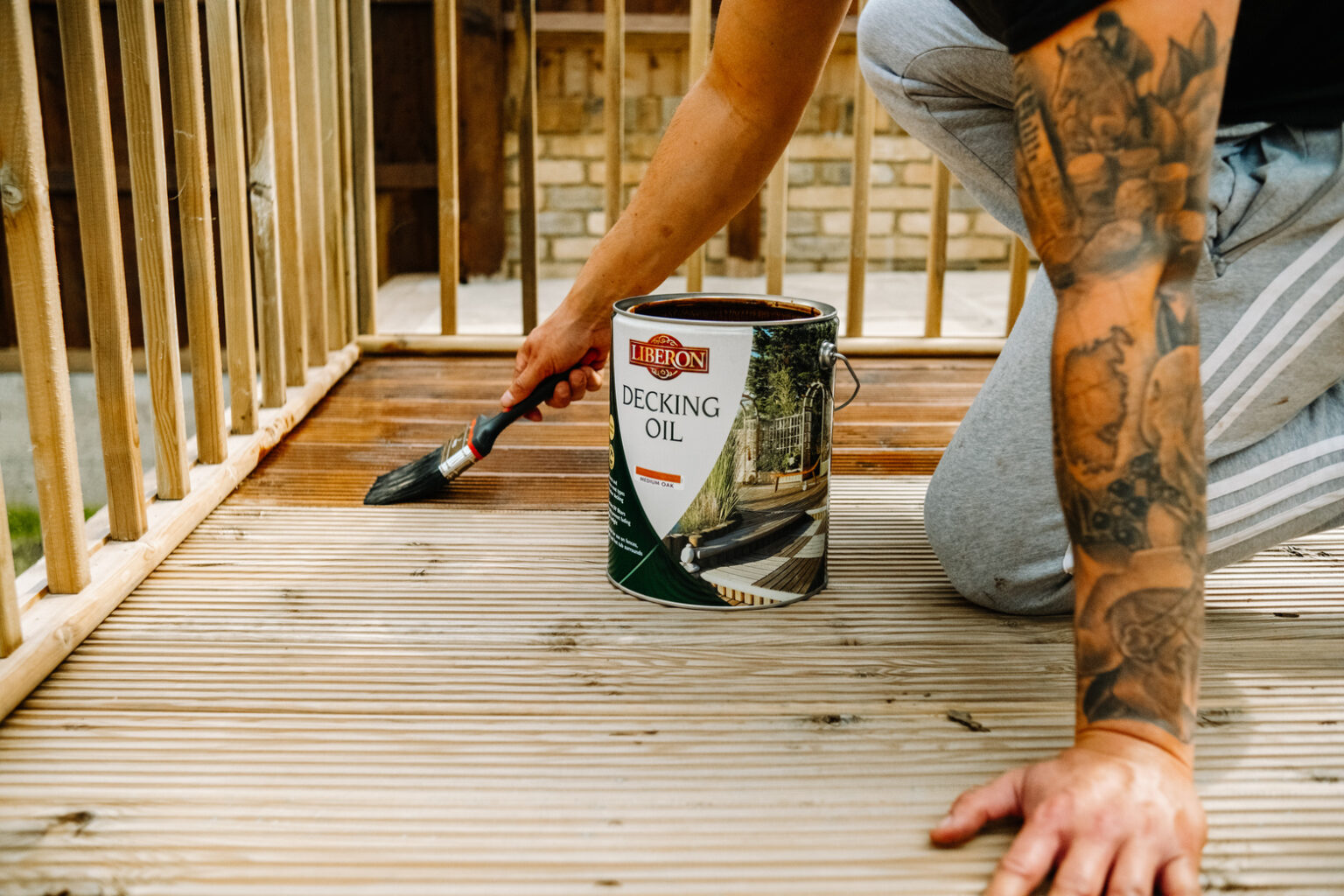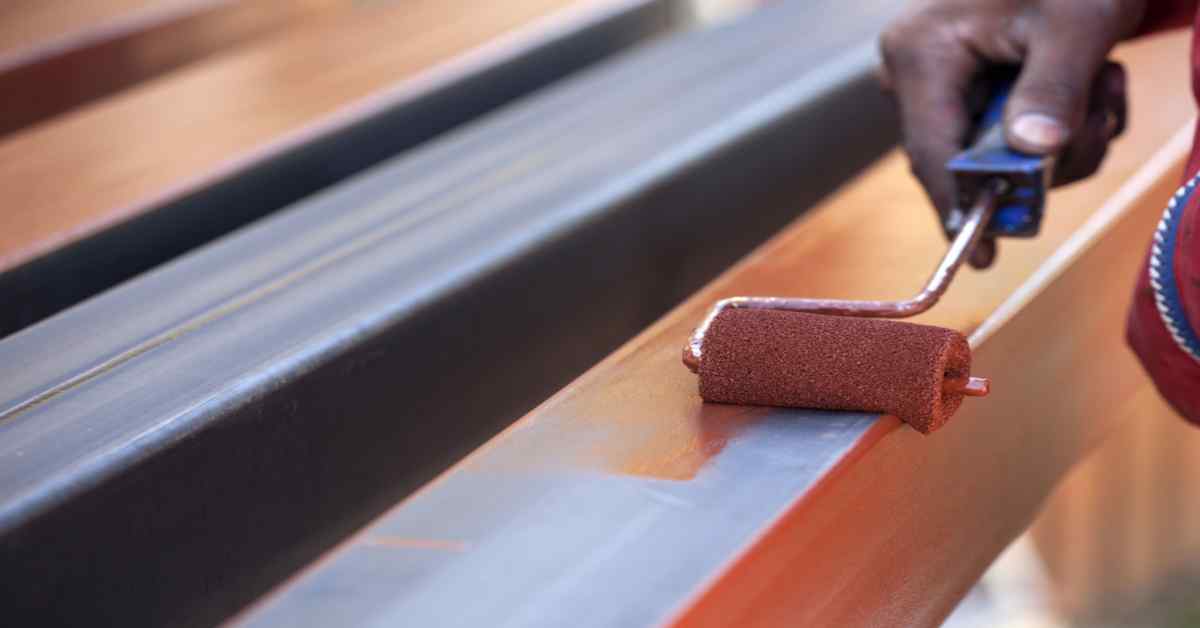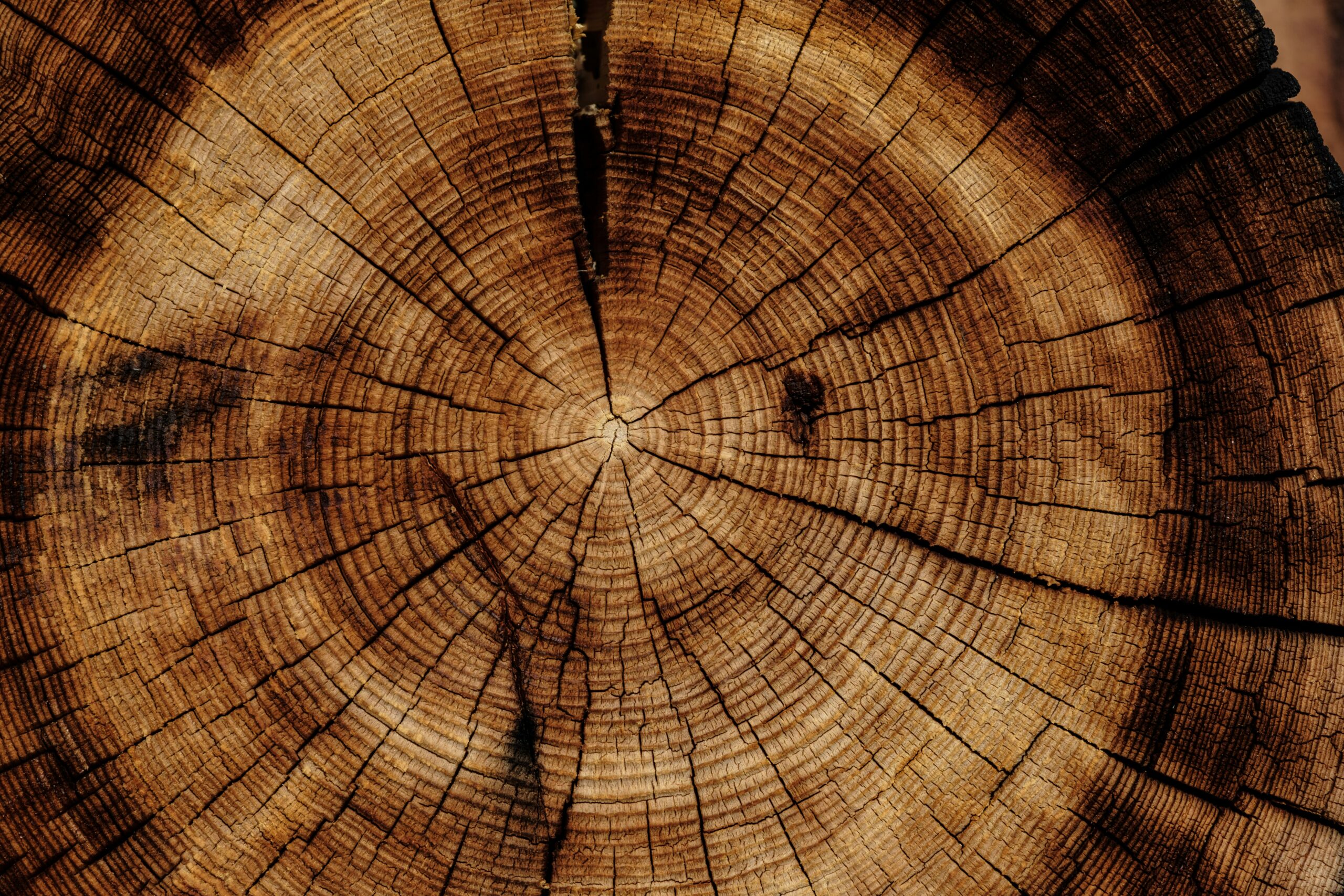Expert Advice on Maintaining Wood Paint Outdoors:
When it comes to enhancing the aesthetic appeal and durability of your outdoor wood structures, wood painting plays a crucial role. Whether it’s the siding of your home or your backyard deck, maintaining the exterior paint on wood surfaces is key to ensuring their longevity and beauty. Proper wood painting requires understanding the nuances of wood preparation, repair, and maintenance.
Identifying Common Types of Wood Damage
Before beginning any exterior painting project, it’s crucial to identify existing wood damage, such as rot, cracking, and warping. Moisture content in wood plays a significant role; when it exceeds 20%, it can weaken the wood’s structural integrity. Studies have shown that
when wood moisture content surpasses 20%, there can be a 40% reduction in joint strength. Identifying and addressing these types of damage early can save time and resources down the line, ensuring a smoother and longer-lasting paint job.

Expert Advice on Maintaining Wood Paint Outdoors: Cleaning and Preparing Wood Surfaces
Proper preparation of wood surfaces is crucial for a successful painting job. Start by thoroughly cleaning the wood to remove dirt, grime, and any old paint that may be peeling or flaking. Power washing can be effective, but be cautious to avoid damaging the wood. After cleaning, allow the wood to dry completely to prevent moisture from becoming trapped under the new paint layer. Sand any rough areas to ensure a smooth finish, and use a wood filler for minor imperfections. This meticulous preparation ensures the paint adheres well and lasts longer.
Expert Advice on Maintaining Wood Paint Outdoors: Repairing Minor Wood Damages
Minor wood damages such as small cracks and holes can be effectively repaired with wood filler or putty. After cleaning the surface, apply the filler to the affected areas, allowing it to dry according to the manufacturer’s instructions. Sand the filled areas to create a seamless surface before applying any primer or paint. This process enhances the appearance and extends the life of your wood structures. When choosing a wood filler, opt for a high-quality product that is suitable for exterior use to ensure durability. If the damage is near a joint or edge, pay extra attention to achieve a smooth finish, as these areas are more exposed to environmental elements. Following these steps ensures that minor damages do not compromise the overall integrity and appearance of your wood surfaces.

Addressing Major Wood Damage
Major wood damage requires a more in-depth approach, often necessitating the replacement of the affected wood sections. Moisture is often the culprit behind severe damage, leading to issues such as rot and structural weakness. It’s noteworthy that
wood moisture content as high as 15% can cause corrosion of metal fasteners, which further complicates the structural integrity of wood structures. When addressing major damage, it’s crucial to assess whether the compromised wood can be salvaged or if replacement is the best option. Consult with professional contractors if needed to ensure the repair is done correctly.
Choosing the Right Paint and Painting Techniques
Selecting the right paint is crucial for the durability and aesthetic appeal of your outdoor wood structures. Exterior-grade paints are formulated to resist harsh weather conditions, making them ideal for outdoor use. Look for paints that offer UV protection and are resistant to mildew and mold to ensure longevity. A primer is highly recommended, as it creates a solid base that enhances paint adhesion and durability.
When it comes to painting techniques, using a brush for edges and detailed areas can help achieve precision and thorough coverage. For larger surfaces, a roller is more efficient and ensures even application. If you’re dealing with intricate woodwork or areas with texture, consider using a sprayer for a more uniform finish.
Another important tip is to apply multiple thin coats of paint rather than one thick coat. This helps the paint to dry evenly and reduces the chances of drips and uneven surfaces. Always follow the manufacturer’s drying time recommendations between coats for optimal results.
Before you start painting, ensure that the weather conditions are favorable. Avoid painting on extremely hot or cold days, as well as during high humidity, as these factors can affect the paint’s performance and drying time. Ideal conditions are typically between 50°F and 85°F with low humidity.
For the best results, consult with professional painters or contractors who specialize in exterior painting services. Their expertise can provide valuable insights and ensure that your wood structures are not only visually appealing but also well-protected against the elements.

Expert Advice on Maintaining Wood Paint Outdoors: Regular Maintenance Tips for Longevity
Regular maintenance is essential to keep your wood paint looking fresh and to extend the lifespan of your outdoor wood structures. Begin by scheduling periodic inspections to spot early signs of wear, such as peeling or chipping paint, which can indicate underlying issues. Address these areas promptly to prevent further deterioration. Keep the wood clean by washing it periodically with a mild detergent and water, which helps remove dirt and grime that can affect the paint’s durability. Reapply a protective finish annually to enhance resistance to moisture and UV rays. This extra layer of protection is especially crucial for surfaces exposed to harsh weather conditions. Additionally, ensure that any surrounding vegetation is trimmed back to prevent moisture buildup and reduce the risk of mold and mildew. By adhering to these regular maintenance practices, you can ensure that your exterior wood surfaces remain both visually appealing and structurally sound for years to come.




